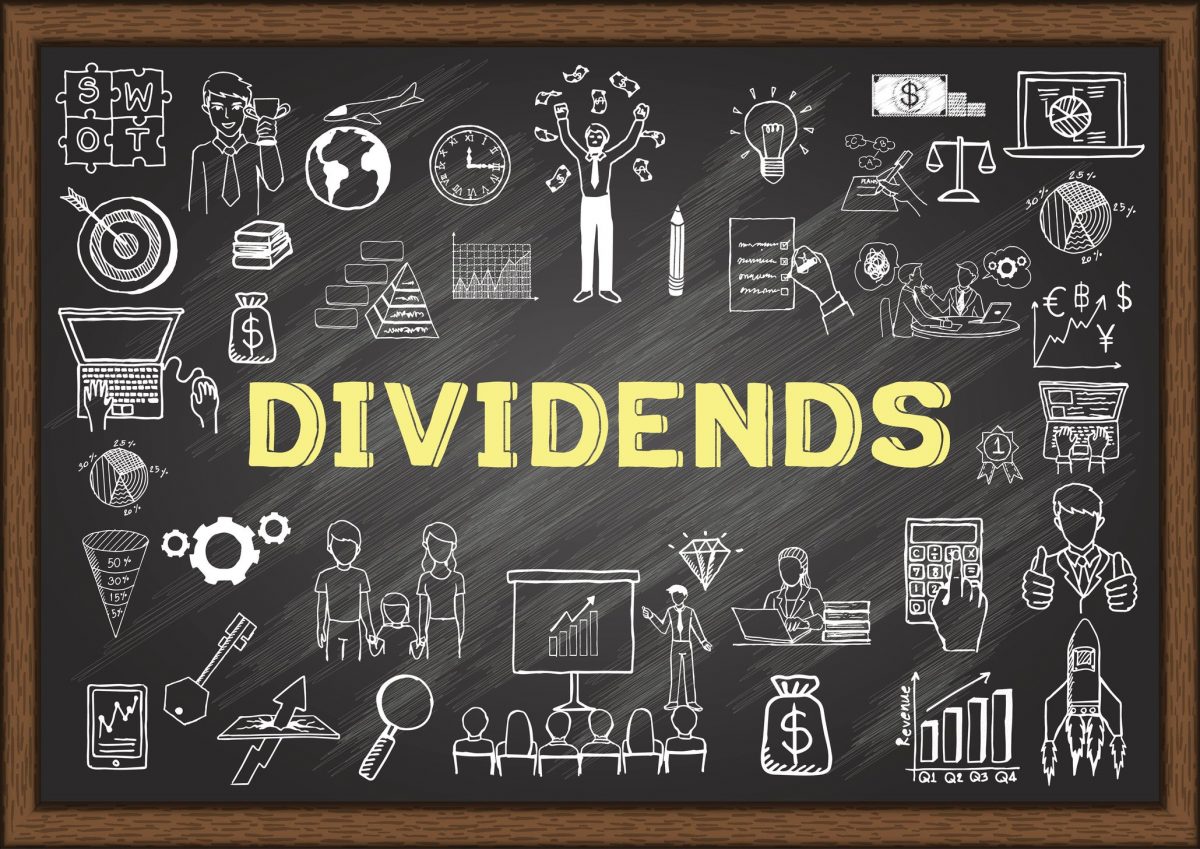customized specialty vehicles, and parts and services. Winnebago Industries’ strong brand equity in recreational vehicles and its balance sheet would allow the firm to persevere through economic turmoil.
The top three motor home manufacturers (Thor, Forest River, and Winnebago) make up about 80% of the North American motor home market. Winnebago has reinvented itself under CEO Mike Happe with the November 2016 acquisition of high-end towable maker Grand Design and sees itself as a leading outdoor lifestyle firm rather than just a maker of RVs. Acquisitions in the $700 billion-plus outdoor activity market also play a role. Over 60% of U.S. households’ camp at least occasionally and 12% camp more than three times a year. Millennial and Gen X campers are 81% of new U.S. campers, and 82% of new campers since the pandemic have children, so Winnebago has plenty of runway with younger consumers if it executes right.
Financial Strength:
The balance sheet lacks the massive legacy costs that burden some other manufacturers because Winnebago’s workforce is not unionized. Winnebago’s untapped $192.5 million credit line coupled with $405.8 million of cash at the end of the third quarter of fiscal 2021 would get the firm through nearly any challenge.
A 9% increase in the dividend in summer 2020, despite the pandemic at the time, is a good sign of financial health, as is a 50% increase announced in August 2021.Winnebago’s balance sheet had been free of long-term debt since the mid-1990s. Net debt/adjusted EBITDA was 1.7 times at the end of fiscal 2020. Winnebago has no significant pension obligations and stopped paying retiree healthcare in 2017. Revenue was about $2.35 billion in fiscal 2020.
Bulls Say:
The Grand Design acquisition materially raised Winnebago’s operating margin, and Newmar could do
the same.
The company’s strong balance sheet provides financial strength and flexibility to withstand cyclical downturns.
Because RV consumers are relatively affluent, rising gas prices would probably not hinder a consumer’s ability to purchase a motor home. A 2016 study by travel consulting firm PKF Consulting found that for a family of four, gas prices would have to exceed $12 a gallon to make RV travel more expensive than other forms of travel.
Company Profile:
Winnebago Industries manufactures Class A, B, and C motor homes along with towables, customized specialty vehicles, and parts and services. With headquarters in Eden Prairie, Minnesota, Winnebago has been producing recreational vehicles since 1958. Class A motor homes account for 31% of motorized unit sales, Class B about 41%, and Class C the rest.
(Source: Morningstar)
General Advice Warning
Any advice/ information provided is general in nature only and does not take into account the personal financial situation, objectives or needs of any particular person.









